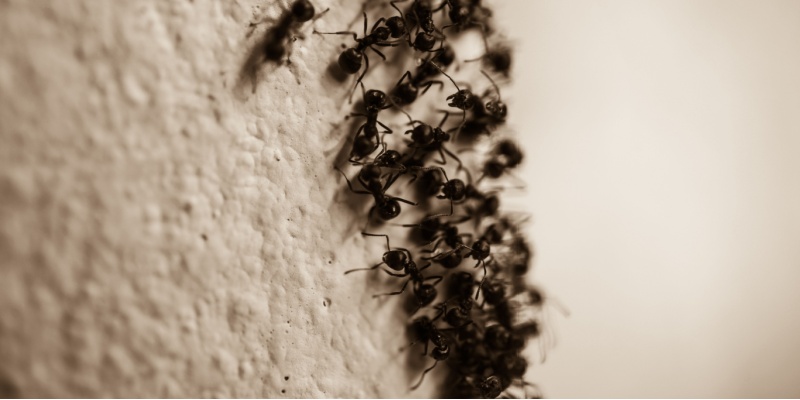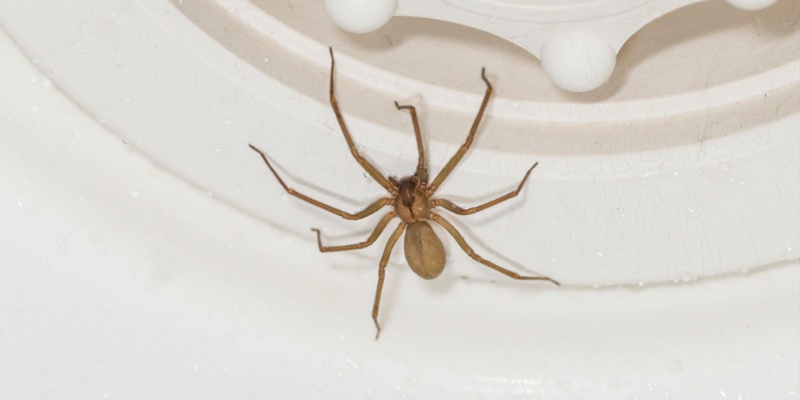Carpenter ants are one of the most destructive pests you can have in your home. Unlike termites, carpenter ants don’t eat wood; instead, they excavate it to create tunnels and nests. This behavior can cause significant structural damage if left unchecked. Here are the top five signs that you may have a carpenter ant infestation in your home and what you can do about it:
1. Wood Shavings (Frass)
One of the most telltale signs of carpenter ants is the presence of wood shavings or frass. As carpenter ants excavate wood to build their nests, they push out the debris, which can accumulate in small piles near their entry points. These shavings often resemble sawdust and can be found around baseboards, window sills, and other wooden structures.
2. Rustling Noises
If you hear faint rustling or tapping noises coming from within your walls, it could be a sign of carpenter ants. These noises are often more noticeable at night when the house is quiet, as carpenter ants are most active during the evening and nighttime hours.
3. Winged Ants (Swarmers)
Seeing winged ants indoors is a strong indication of a carpenter ant infestation. These reproductive ants, known as swarmers, emerge from their nests in the spring and summer to mate and establish new colonies. If you spot winged ants inside your home, it means there’s likely a mature nest nearby.
4. Damaged Wood
Carpenter ants excavate wood to create their nests, leaving behind smooth, clean galleries. If you notice wood that sounds hollow when tapped or has visible, smooth tunnels, it could be a sign of carpenter ant activity. Unlike termite damage, which is rough and filled with mud, carpenter ant galleries are clean and free of debris.
5. Large Black Ants
Carpenter ants are among the largest ants you’ll encounter, with worker ants ranging from 1/4 to 1/2 inch in length. They are usually black or dark brown and can be seen foraging for food both inside and outside your home. If you notice large black ants trailing along baseboards or countertops, it’s time to investigate further.
Dealing with a Carpenter Ant Infestation
- Locate the Nest:
Finding the nest is crucial for effectively eliminating a carpenter ant infestation. Look for signs of frass, damaged wood, and ant trails leading to potential nesting sites.
- Baiting and Trapping:
Carpenter ant baits and traps can be effective in reducing the ant population. Place baits near foraging trails and nest entry points to attract and kill the ants.
- Seal Entry Points:
Inspect your home for cracks, gaps, and other openings that carpenter ants can use to enter. Seal these entry points with caulk or weatherstripping to prevent further infestations.
- Remove Wood Sources:
Carpenter ants are attracted to moist, decaying wood. Remove any damaged wood, tree stumps, or firewood stored near your home to reduce attractants.
- Professional Help:
For severe infestations, it’s best to call a professional pest control service. Abarb Pest Services offers expert carpenter ant control solutions to effectively eliminate the infestation and prevent future problems.
At Abarb Pest Services, we are dedicated to providing the highest quality pest control solutions in Haskell, NJ. Our experienced technicians use safe and effective methods to eliminate carpenter ants and protect your home from future infestations. Contact us today to schedule an inspection and safeguard your home from these destructive pests.

